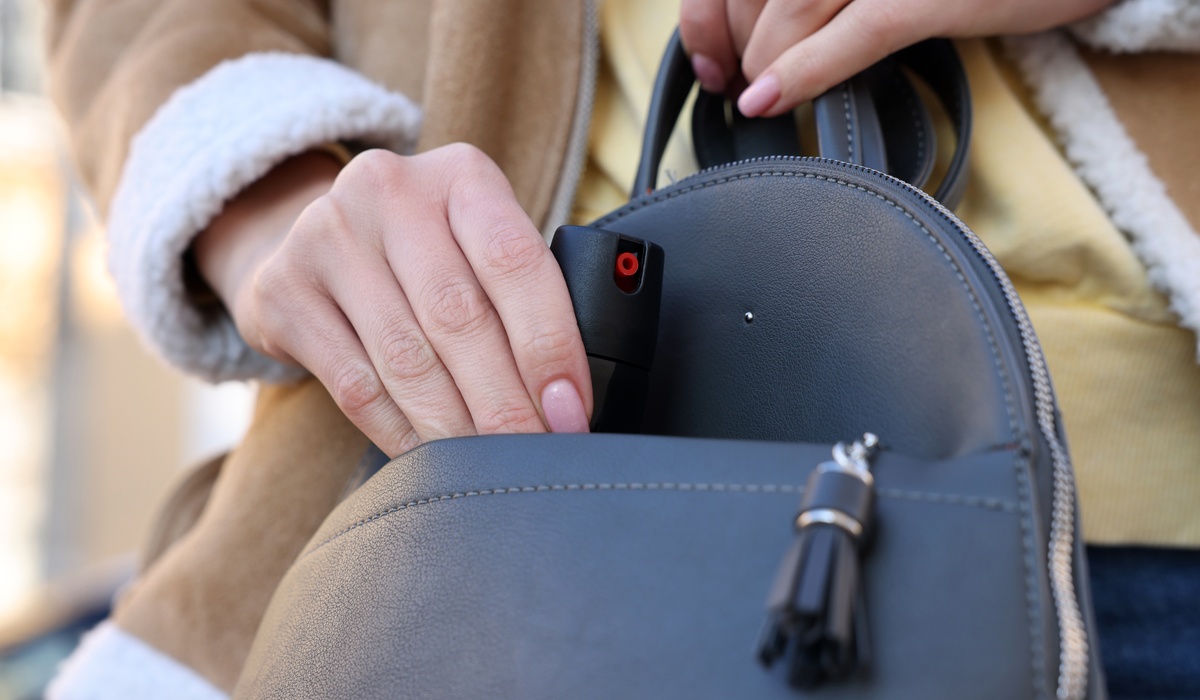Driving at night is a routine part of life, but an increasing number of drivers are complaining about the discomfort caused by bright headlights. We’ve all been there. You’re driving home and the oncoming truck has lights so bright, you can’t help but squint and complain. But why exactly are bright headlights such a nuisance? Learn the truth about why you’re bothered by bright headlights, including why some are brighter than others.
The evolution of headlight technology has been a double-edged sword. Features like LEDs (light-emitting diodes) and HIDs (high-intensity discharge lights) have improved the overall visibility for drivers, but they’ve also introduced challenges for those on the receiving end. These lights produce intense, focused beams that can easily seem overwhelming, especially to oncoming traffic.
Adding to the problem, some LED lights are brighter than others, and higher brightness levels can cause discomfort when aimed directly into your field of vision. While these advancements are intended to keep the driver’s path well-illuminated, they often contribute to the increasingly common complaints about glare.
Even the most advanced headlights won’t perform well if they aren’t aligned properly. When headlights are misaligned, their beams can shine directly into the eyes of oncoming drivers, which leads to discomfort and temporary visual impairment. Unlike older, less-focused incandescent headlights, today’s beams are much more concentrated, so even a minor misalignment can have a bigger impact.
A car rolling off the factory floor with perfectly aligned headlights can easily become a problem over time as wear and tear affect adjustment. Regular car maintenance often overlooks this issue, but it makes all the difference in reducing unnecessary glare on the road.
The growing popularity of SUVs and trucks is another factor that influences how headlights affect smaller vehicles. Taller vehicles naturally position their headlights at a higher level. When paired with modern car designs that prioritize aesthetics and aerodynamics over headlight placement, this height discrepancy between vehicles amplifies the glare for those driving lower cars. Picture yourself driving a sedan with an oncoming SUV’s headlights perfectly aligned with your eye level. The result is an unavoidable beam of blinding brightness.
The truth about why you’re bothered by bright headlights isn’t just in the technology or the vehicles surrounding you; it’s also in how your eyes process light. Age plays a significant role in your sensitivity to glare, as changes in the lens of the eye reduce your ability to filter out intense lights effectively.
Older drivers may notice that the same headlights feel glaring and even hazardous. This is due to the natural stiffening and yellowing of the eye’s lens as well as a slower recovery time after exposure to bright light. These physiological changes explain why older individuals tend to report more discomfort from headlights than their younger counterparts. Driving should feel safe and manageable for everyone on the road.









